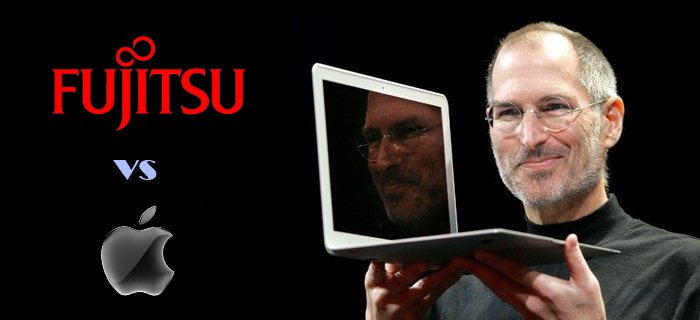To Tablet or Not to Tablet?

Nicholas Brosz
As technology continues to advance, barriers and boundaries between products are constantly broken down as the pioneers lead the way towards others; taking steps forward to improve or perfect the original concept. Where once there was a great divide between what a “Mac” and a “PC” is, that gap has narrowed to essentially nothing at all. This has been reflected here at DSU, where, as of this past semester, juniors were given the option of a Macbook notebook with a Wacom tablet instead as well as the Fujitsu tablet or an opt-out.
However, since the option was given later than expected, it is possible that not every student interested in a Macbook was able to order one. This will change next semester, with the option being given much sooner, but what will this mean for the classrooms? How will Macs and PCs working side-by-side affect everyday classroom activities and the manner that instructors integrate technology?
Chief Information Technology Officer David Zolnowsky explained that the difference between Macs and PCs have begun to blur, particularly since Macs can now run Windows 7 as a dual operating system, and actually come pre-equipped to do so here on campus. The only real difference is that, while the Fujitsu has built-in tablet functionality in its screen, the Macbooks must be paired with a Wacom tablet in order to give them tablet features. Beyond that, since both computers can run Windows 7, there isn’t any great difference between what they can do.
Of course, those who opt for a Macbook have the additional advantage of the Mac OS at their disposal, and with both options costing the same to students, it may be wise to try out the Macbook option if for no other reason than for the sake of experimentation.
“Macs are the industry standard for design,” Kevin Rhydberg, DSU’s Electronic Communications Coordinator told me, “And if you are going into that field, you’ll want to be familiar with them.” Since DSU creates so many design and art students, as well as others in fields that are being taken over by the Apple craze, there is really no reason to pass up this learning opportunity to get an industry advantage. An employee who can easily perform tasks on Macs as well as PCs may be all the more enticing to a potential employer.
As for the classrooms, will there be any change? The general consensus seems to be “no.” Aside from an Intro to Computers general education course, nearly no classes actually employ tablet functionality, aside from design courses. However, those courses are generally held in the Beadle Hall computer labs anyway, which come equipped with Wacom tablets, so any need is essentially rendered moot.
Will the university reconsider the need for tablet functionality for every student? Surely an option to rent a tablet for a single course that needs it and just offer notebooks to students would be easier and would WMCI costs for the students as well, right? We’ll see where DSU goes in the future.




Nice piece, Nic.